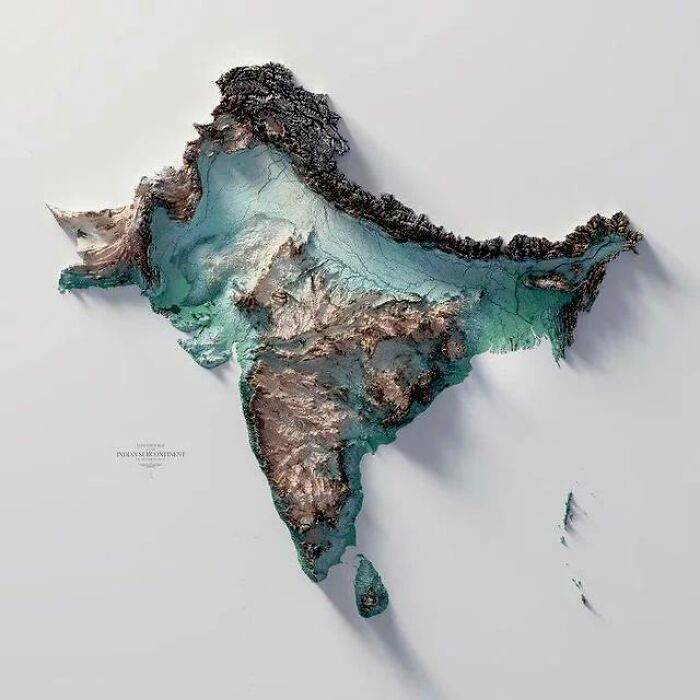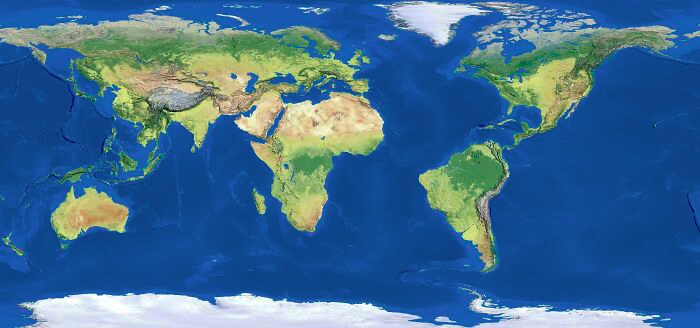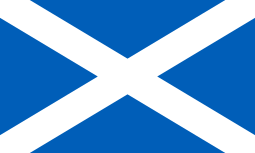Some world photos off Bored Panda.
https://www.boredpanda.com/study-of-earth-geography/?all_submissions=true&media_id=4161746
Mt Fuji

Sail from Chile to Spain
Earthquakes greater than magnitude 5.0


Some world photos off Bored Panda.
https://www.boredpanda.com/study-of-earth-geography/?all_submissions=true&media_id=4161746
Mt Fuji

Sail from Chile to Spain
Earthquakes greater than magnitude 5.0



The Legend of the Saltire
The St Andrew’s Cross or Saltire is Scotland’s national flag. Tradition has it that the flag, the white saltire on a blue background, the oldest flag in Europe and the Commonwealth, originated in a battle fought in East Lothian in the Dark Ages.
It is believed that the battle took place in the year 832AD. An army of Picts under Angus mac Fergus, High King of Alba, and aided by a contingent of Scots led by Eochaidh (Kenneth mac Alpin’s grandfather) had been on a punitive raid into Lothian (then and for long afterwards Northumbrian territory), and were being pursued by a larger force of Angles and Saxons under one Athelstan.
The Albannach/Scots were caught and stood to face their pursuers in the area of Markle, near East Linton. This is to the north of the modern village of Athelstaneford (which was resited on higher ground in the 18th century), where the Peffer, which flows into the Firth of Forth at Aberlady, forms a wide vale. Being then wholly undrained, the Peffer presented a major obstacle to crossing, and the two armies came together at the ford near the present day farm of Prora (one of the field names there is still the Bloody Lands).
Fearing the outcome of the encounter, King Angus led prayers for deliverance, and was rewarded by seeing a cloud formation of a white saltire (the diagonal cross on which St Andrew had been martyred) against a blue sky. The king vowed that if, with the saint’s help, he gained the victory, then Andrew would thereafter be the patron saint of Scotland. The Scots did win, and the Saltire became the flag of Scotland.
When Kenneth mac Alpin, who may have been present with his grandfather at the battle, later united Picts and Scots and named the entity Scotland, Andrew did indeed become the patron saint of the united realm. Kenneth mac Alpin, King of Scots and Picts, Ard-righ Albainn, was laid to rest on Iona in 860AD.
https://scottishflagtrust.com/the-flag-heritage-centre/the-legend-of-the-saltire/
sarahs mum said:

The Legend of the Saltire
The St Andrew’s Cross or Saltire is Scotland’s national flag. Tradition has it that the flag, the white saltire on a blue background, the oldest flag in Europe and the Commonwealth, originated in a battle fought in East Lothian in the Dark Ages.
It is believed that the battle took place in the year 832AD. An army of Picts under Angus mac Fergus, High King of Alba, and aided by a contingent of Scots led by Eochaidh (Kenneth mac Alpin’s grandfather) had been on a punitive raid into Lothian (then and for long afterwards Northumbrian territory), and were being pursued by a larger force of Angles and Saxons under one Athelstan.
The Albannach/Scots were caught and stood to face their pursuers in the area of Markle, near East Linton. This is to the north of the modern village of Athelstaneford (which was resited on higher ground in the 18th century), where the Peffer, which flows into the Firth of Forth at Aberlady, forms a wide vale. Being then wholly undrained, the Peffer presented a major obstacle to crossing, and the two armies came together at the ford near the present day farm of Prora (one of the field names there is still the Bloody Lands).
Fearing the outcome of the encounter, King Angus led prayers for deliverance, and was rewarded by seeing a cloud formation of a white saltire (the diagonal cross on which St Andrew had been martyred) against a blue sky. The king vowed that if, with the saint’s help, he gained the victory, then Andrew would thereafter be the patron saint of Scotland. The Scots did win, and the Saltire became the flag of Scotland.
When Kenneth mac Alpin, who may have been present with his grandfather at the battle, later united Picts and Scots and named the entity Scotland, Andrew did indeed become the patron saint of the united realm. Kenneth mac Alpin, King of Scots and Picts, Ard-righ Albainn, was laid to rest on Iona in 860AD.
https://scottishflagtrust.com/the-flag-heritage-centre/the-legend-of-the-saltire/
Crossing chemtrails is what he saw.

roughbarked said:
sarahs mum said:

The Legend of the Saltire
The St Andrew’s Cross or Saltire is Scotland’s national flag. Tradition has it that the flag, the white saltire on a blue background, the oldest flag in Europe and the Commonwealth, originated in a battle fought in East Lothian in the Dark Ages.
It is believed that the battle took place in the year 832AD. An army of Picts under Angus mac Fergus, High King of Alba, and aided by a contingent of Scots led by Eochaidh (Kenneth mac Alpin’s grandfather) had been on a punitive raid into Lothian (then and for long afterwards Northumbrian territory), and were being pursued by a larger force of Angles and Saxons under one Athelstan.
The Albannach/Scots were caught and stood to face their pursuers in the area of Markle, near East Linton. This is to the north of the modern village of Athelstaneford (which was resited on higher ground in the 18th century), where the Peffer, which flows into the Firth of Forth at Aberlady, forms a wide vale. Being then wholly undrained, the Peffer presented a major obstacle to crossing, and the two armies came together at the ford near the present day farm of Prora (one of the field names there is still the Bloody Lands).
Fearing the outcome of the encounter, King Angus led prayers for deliverance, and was rewarded by seeing a cloud formation of a white saltire (the diagonal cross on which St Andrew had been martyred) against a blue sky. The king vowed that if, with the saint’s help, he gained the victory, then Andrew would thereafter be the patron saint of Scotland. The Scots did win, and the Saltire became the flag of Scotland.
When Kenneth mac Alpin, who may have been present with his grandfather at the battle, later united Picts and Scots and named the entity Scotland, Andrew did indeed become the patron saint of the united realm. Kenneth mac Alpin, King of Scots and Picts, Ard-righ Albainn, was laid to rest on Iona in 860AD.
https://scottishflagtrust.com/the-flag-heritage-centre/the-legend-of-the-saltire/
Crossing chemtrails is what he saw.
time travellers.
depends on your definition of country or nation I guess.
In the modern era we tend to think of nation-states as the natural size building blocks of the international order, But there are a few outliers that don’t fit the general description of nation-state countries.
party_pants said:
depends on your definition of country or nation I guess.In the modern era we tend to think of nation-states as the natural size building blocks of the international order, But there are a few outliers that don’t fit the general description of nation-state countries.
And sometimes things are just weird like Turkey and the Crescent Moon which was a symbol of Greek Orthodox Byzantium yet now is the main emblem of Islam.

Flag of the Scottish Australian Heritage Council, Australia
sarahs mum said:

Flag of the Scottish Australian Heritage Council, Australia
splitters
Iceland looks pretty much uninhabitable in this snap.
Bubblecar said:
Iceland looks pretty much uninhabitable in this snap.
The photo is taken in winter.
Any comments on the biodiversity maps? I find them fascinating. Each different class of organism has a radically different biodiversity distribution on the same land mass.
mollwollfumble said:
Each different class of organism has a radically different biodiversity distribution on the same land mass.
funny it seems every different type of organism also has radically differing distributions over the full 4π seteradians of surface geography too
SCIENCE said:
mollwollfumble said:
Each different class of organism has a radically different biodiversity distribution on the same land mass.
funny it seems every different type of organism also has radically differing distributions over the full 4π seteradians of surface geography too
(Warning, tongue in cheek!)
So you agree that there’s no such thing as a biodiversity hotspot?
mollwollfumble said:
Any comments on the biodiversity maps? I find them fascinating. Each different class of organism has a radically different biodiversity distribution on the same land mass.
Most of those could be mainly explained by land types.
Tree diversity in the more rainy areas to the East.
Reptile diversity in the warmer South(cold blooded animals).
Bird diversity near the coastal waters(fish).
Mammals in the rocky mountains(not sure why).
Fish, also in the rainy areas(more lakes).
Amphibians in the flat flooded marshy swamps of the SE.